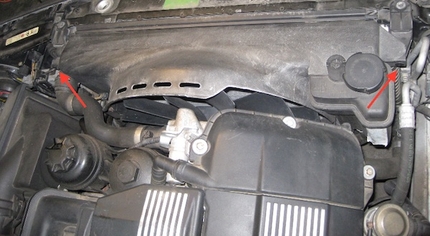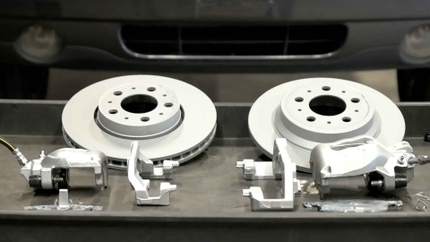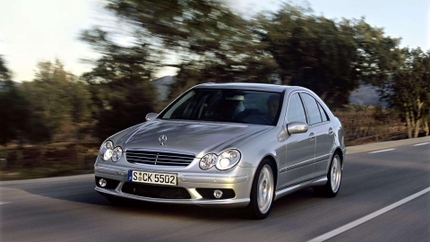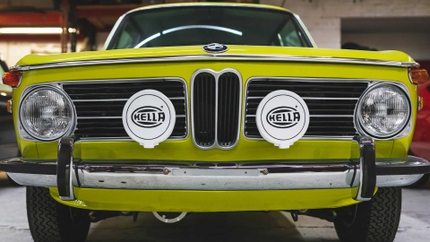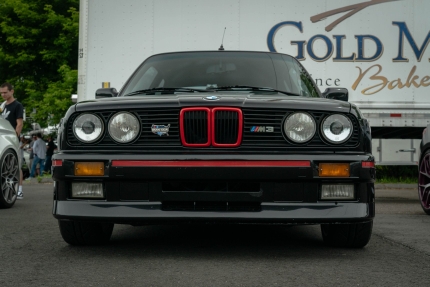- 02/02/2017
- 1 Min Read
- By: Alex Fiehl
The Importance of Selecting The Proper Coolant For Your European Car
Do you, as a DIY mechanic, ever give much consideration to your engine’s coolant? I would wager that if you do you are an exception. I believe most DIY’ers do not. This belief is based on years of interacting with DIY’ers on various European car forums and at local car meetups. Most simply shop for whatever costs the least.
While in the short term this may not present a problem, you should be aware that it can have long term consequences for your beloved vehicle, and your wallet!
Before going any further, let’s cover the three basic varieties of coolant:
Traditional green coolant: this type of coolant has fast acting corrosion inhibitors (e.g. silicate and phosphate) that protect bare iron, aluminum and other metal surfaces. While this coolant can be used in many different vehicles it should be changed often due to the short lifespan of the corrosion inhibitors, usually every 30,000 to 50,000 miles.
OAT Coolant: Organic Acid Technology (OAT) coolants use organic acids in place of traditional coolant ingredients to protect the engine’s internal components. You have likely heard of GM’s Dex-Cool which is an OAT coolant. These organic acids last longer, giving these coolants a lifespan of 5 years or 100,000 to 150,000 miles.
HOAT Coolant: Hybrid Organic Acid Technology (HOAT) coolants also use organic acids, though usually different ones than in OAT coolant, plus a small amount of silicate. HOAT coolants are generally designed to meet the unique needs of European vehicles. For example, Mercedes, BMW, and Volvo all recommend HOAT coolants for their cars. As with OAT coolant, the lifespan of HOAT coolant can be up to 5 years or 100,000 to 150,000 miles. An example of a HOAT coolant that I've used with good results is pictured below.
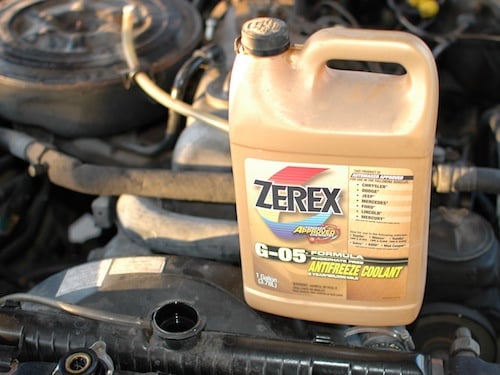
With the above in mind, you might ask “Why can’t I just keep using that green coolant? You said yourself that, generally, it works fine in most vehicles.”
True, the fast acting corrosion inhibitors in traditional coolant will do an acceptable job of protecting your engine in the short term. However you may find that it lacks important additives to meet the unique needs of your vehicle over its lifespan.
A prime example – I have a passion for older Mercedes-Benz diesel vehicles and many DIY’ers use green coolant in them. They’ll own the car for a few years, not have any dramatic problems, and so they will proclaim that it is safe to use. However, little do they know that in the long run they may be doing substantial damage especially to the softer aluminum components in their engine!
This is because of the unique nature of diesel engines. The increased heat produced by compression-induced combustion can and does create hot spots in cooling passages which can cause the coolant to super-heat in isolated areas. This can cause what is called cavitation. To quote from a blog post on boattest discussing cavitation damage to boat propellers:
"… cavitation could be defined as the phenomenon of the formation, rapid collapse, and subsequent implosion of vapor bubbles of a flowing liquid in a region where the pressure of the liquid falls below its vapor pressure. As these bubbles collapse, energy is released in the form of a shock wave that can, and often does, damage the surface of the material in question."
You can imagine that cavitation inside your engine is potentially bad news! Pictured below is a thermostat housing from an OM617a turbo-diesel engine out of a W123 Mercedes-Benz that has suffered damage that is likely caused by cavitation as well as some corrosion due to lack of regular fluid changes. This car was using traditional green coolant.
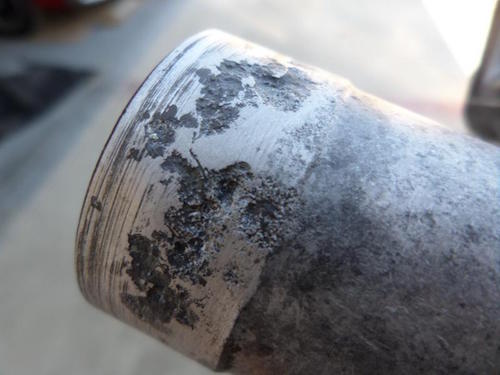
This is where picking the proper coolant comes in. While you cannot prevent cavitation from occurring, you can use a product that is designed to protect against its effects. Genuine Mercedes-Benz coolant or aftermarket alternatives like Zerex G-05 contain nitrites as an additive specifically to help prevent this type of damage. The nitrites react with the metals in the engine and create a durable oxide layer that protects the metals against the forces of cavitation.
If you take away one thing from this post, never forget that not all coolants are equal and that it can be very important to the long life of your vehicle to select the correct one. Refer to your owner’s manual for specific coolant recommendations if you drive a newer car. If you drive an older European car, coolant technology has changed a lot since it was built so you should consider doing your research online to help you identify the best coolant for the job.


